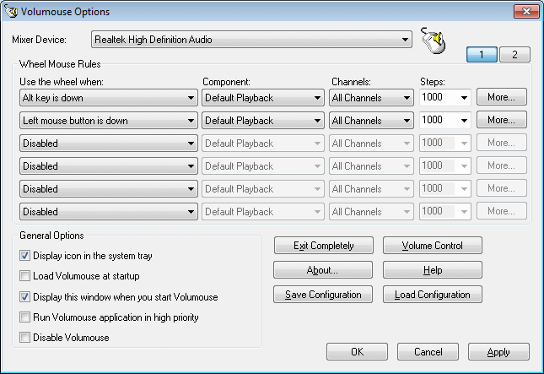I told you. The death of Net Neutrality has consequences! We need a content neutral internet!
Is Net Neutrality’s Death Responsible for Slowing Netflix Streaming?
Latin Post – By Robert Schoon – “In recent weeks, Netflix subscribers have noticed that their instant streaming service has increasingly degraded in quality and load time, even some with hefty broadband connections. The big question on everyone’s minds is: does the slow-down have to do with the recent suspension of Net Neutrality, or something else?
Besides lots of grumbles and conversations on Twitter, Netflix itself has confirmed that speeds have degraded among several big broadband internet service providers (ISPs), including Comcast, Verizon, and AT&T. Here’s Netflix’s data spanning from Dec. 2013 to Feb. 2014. Those three lowest downward sloping lines are Verizon, AT&T, and Comcast. Verizon Fios is the steepest downward slope (the grey line) in the middle.
Specifically, Netflix reports an average of 14 percent speed degradation in streaming speeds on Verizon FiOS in the last 30 days, according to the Wall Street Journal. For a lot of customers, this means HD streaming has turned into regular definition streaming, and some Netflix users are getting stuck on seemingly infinite buffer.
Now, if you’re not already aware, in January, a U.S. appeals court struck down the U.S. Federal Communications Commission’s authority to regulate ISPs on Net Neutrality — the rules that previously disallowed ISPs to throttle certain traffic on their networks. And customers of Verizon, which was the specific contender in that FCC case, have been seemingly the most affected since.
Does this mean Net Neutrality’s (temporary?) death is already being leveraged against Netflix? Is the timing too suspicious, or have we all been watching too much House of Cards, simultaneously degrading our own connection speeds and amplifying our cynical paranoia?
The answer to the first question is a tentative no, but a dose of skepticism about ISPs — and Netflix — is healthy. And we have been watching ‘too much’ House of Cards and other streaming content from Netflix, if ‘too much’ means too much for networks to handle under current arrangements.
Verizon has denied throttling Netflix and other services like Amazon Web Services, saying ‘We treat all traffic equally, and that has not changed’ in a statement, but a dispute between Netflix and Verizon is causing streams to slow down — the connection degradation is just probably not where you think it would be.
Net Neutrality doesn’t allow ISPs to mangle traffic on the so called ‘last mile’ of internet tubing between the ISP and your house, but with Netflix streaming traffic (along with others’) at an all-time high and increasing, the way business has usually been done deep in the internet is changing.
According to the Wall Street Journal report, the internet was historically run on arrangements where huge networks agreed to swap each other’s traffic without charge, assuming that it all evened out in the end. But now that Netflix streaming is eating a huge amount of North America’s downstream traffic every evening — nearly a third of downstream traffic as of late last year — those pro-bono arrangements are being stressed.
Netflix, for example, runs through a middle-man network Cogent, whose traffic has quadrupled in the past half year after Netflix began offering 1080p streaming to its customers. Stressing the networks like Verizon and Comcasts’ traffic that much more, those companies have asked Netflix to pay additional fees for its usage — not for the Net Neutral ‘last mile’ but all the way up the pipe. Instead of throttling users’ connections, ISPs like Verizon have delayed upgrading their networks in an effort to get Netflix to foot the bill that it’s largely running up.
Dan Bowman, chief of internet traffic management company Sandvine Corp., told the WSJ that either side of the dispute could give in a little to make streaming connections better. Verizon could go ahead and upgrade its connections for Cogent’s network traffic, and Netflix could distribute its traffic more to avoid data jams.
Meanwhile, if you’re a savvy Netflix customer who’s frustrated by buffering, don’t pay to upgrade your connection speed (assuming you have a decent broadband connection). Instead, you might want to try using a Virtual Private Network, most of which will be too slow, but some of which have proven to de-throttle Netflix traffic.
Or you could join the petition to put pressure on FCC chairman Tom Wheeler to reclassify ISPs as ‘common carriers’ to exercise more control over issues like this.”



